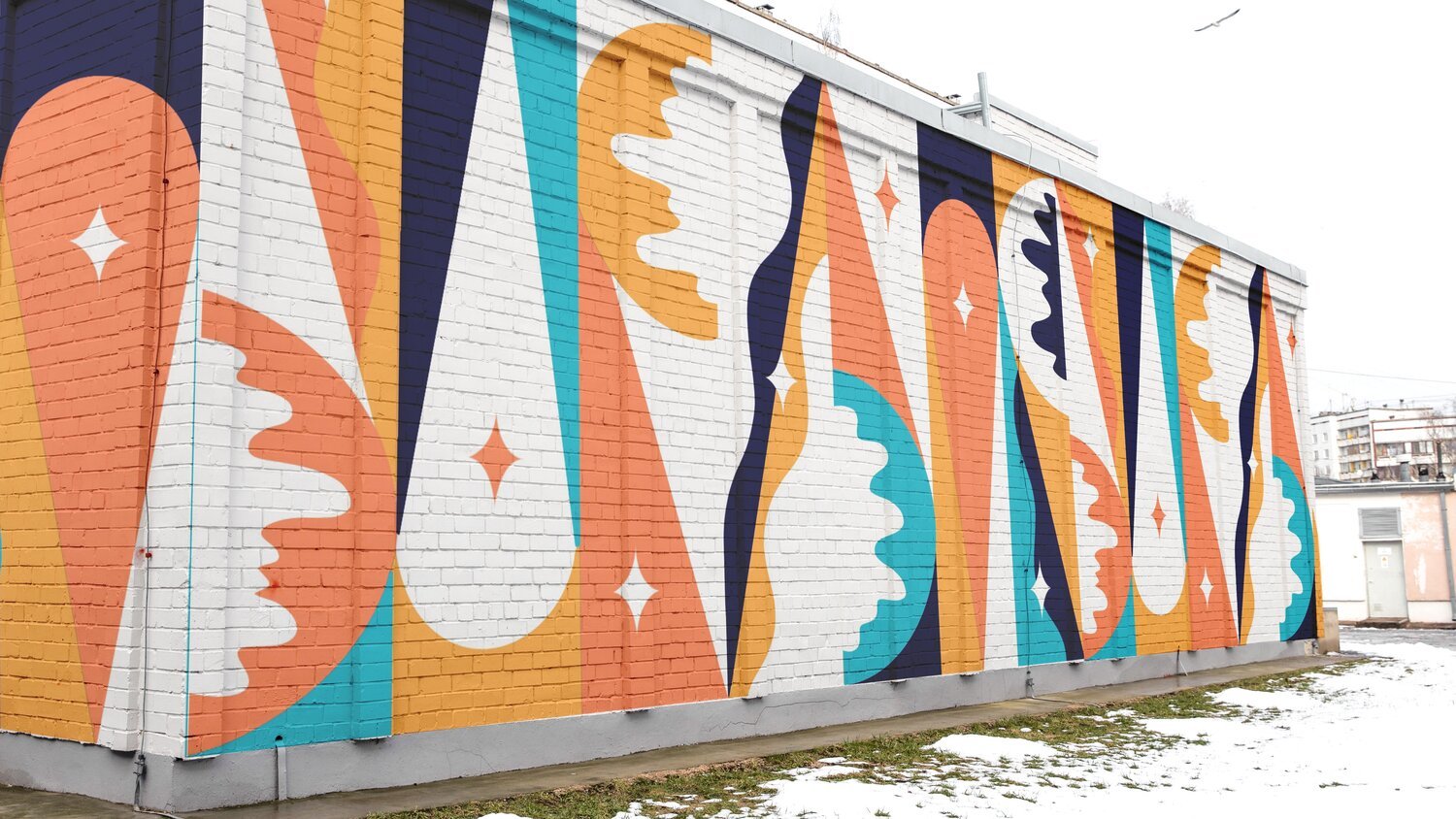Preserving and Protecting Your Mural: Tips for Outdoor Art Lovers
Murals, with their uniquely large scale and public exposure inherently face risks from environmental factors and human activities. Protecting and preserving them is as crucial as their creation in order to enjoy their presence for years to come. Here are a few tips to consider when planning or caring for your mural, based on my experiences as a muralist across the United States.
Choosing the Right Primary Protective Coatings
Protective coatings are a first line of defense against potential damage to murals immediately after installation. These coatings not only protect murals from weather-related damage but also from vandalism and light damage. Various commercial products are available, each suitable for different situations.
UV-Resistant Clear Coating: Murals in sunny, open spaces are highly susceptible to UV damage, leading to color fading and uneven wear. UV-resistant clear coatings offer a durable protective layer, dramatically extending the life of the colors and vibrancy over years of display. They also represent one of the most affordable ways to protect your mural over the long term, with some offering protection against dirt and dust as an added bonus.
MuralShield: Created for murals specifically, MuralShield provides a robust shield against varying weather conditions by consolidating paint layers. This also can breathe new life into faded pigments, enhancing their color saturation and overall clarity with limited contact. For outdoor murals fully exposed to the elements, or maintenance of aged murals, MuralShield can be an excellent step up from a traditional UV clear coat.
Graffiti Shield: In environments where graffiti is a greater risk, Graffiti Shield offers a sacrificial coating that can be applied to murals. It forms a solid layer over the art, which is able to be washed off along with any graffiti applied on top of it. Sacrificial coatings are an excellent low-cost graffiti solution for most applications, though they must be reapplied after removing the graffiti. Permanent anti-graffiti coatings exist that can be cleaned with solvents or other cleaners without removing the protective layer. While more expensive, their reduced maintenance requirements can be ideal for large or limited access murals.
Understanding Aging and Wear
The normal aging and wear of a mural can be influenced by several factors, each requiring a tailored approach to preservation.
Environmental Exposure: Outdoor murals face the onslaught of sun, rain, wind, and pollutants. Protective coatings can help mitigate the detrimental effects of weather and environmental pollutants, but treated murals still experience slow wear.
Material Quality: The lifespan of a mural is closely linked to the quality of the paints and primers used. Opting for high-quality, lightfast paints can resist fading and maintain the mural's vibrancy over time, but add a substantial cost to the overall project.
Surface Preparation: How the wall is prepared before painting also plays a significant role in a mural's durability. Thorough cleaning, repairing cracks, and applying an appropriate primer are all necessary to help guarantee minimally excess wear. Murals on older buildings or surfaces in poor condition may suffer from degradation at a higher rate than an otherwise identical counterpart on a well-bonded, new surface.
Prioritizing Regular Maintenance
Routine maintenance is essential for the health and longevity of a mural. This includes regular, gentle cleaning to remove dust and grime, touch-ups to address minor wear and tear, and periodic re-application of protective coatings. Maintenance frequency should be determined by the mural's location and exposure to damaging factors. Your muralist will be able to offer guidance on specific factors affecting your location, and how often maintenance should take place.
Considering Insurance Coverage
Insuring your mural is another effective means to protect at-risk art, especially high value or highly detailed displays. Vandalism, natural disasters, and accidental damage during maintenance or renovations can add up quickly, while traditional protective coatings may not offer the protection you’re looking for. If your mural is located in a risk-prone area or has high value, it's worthwhile to explore insurance options with a professional. In my experience, coverage for murals is traditionally most accessible through your existing property insurance provider.
Documenting Your Mural
Maintaining a detailed record of your mural can quickly pay dividends as maintenance becomes necessary. Documentation might include the mural's creation date, materials used including paint codes, the artist's notes, and a photographic record of the mural over time. This information will guide any future restoration work and preserve the artwork's history, which is especially valuable for murals with significant cultural or historical importance.
Conclusion
Overall, we’re fortunate today in the variety of options available to guarantee our murals last for years to come. By understanding the mural's unique needs and taking the time to protect it from the time of creation, you can help to ensure that it continues to inspire and delight for many years to come.

